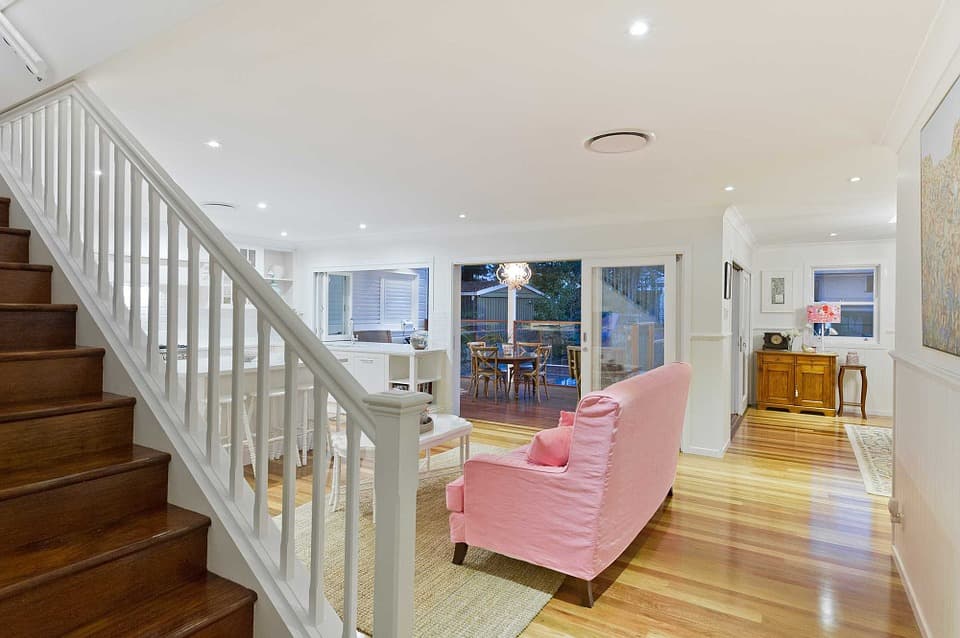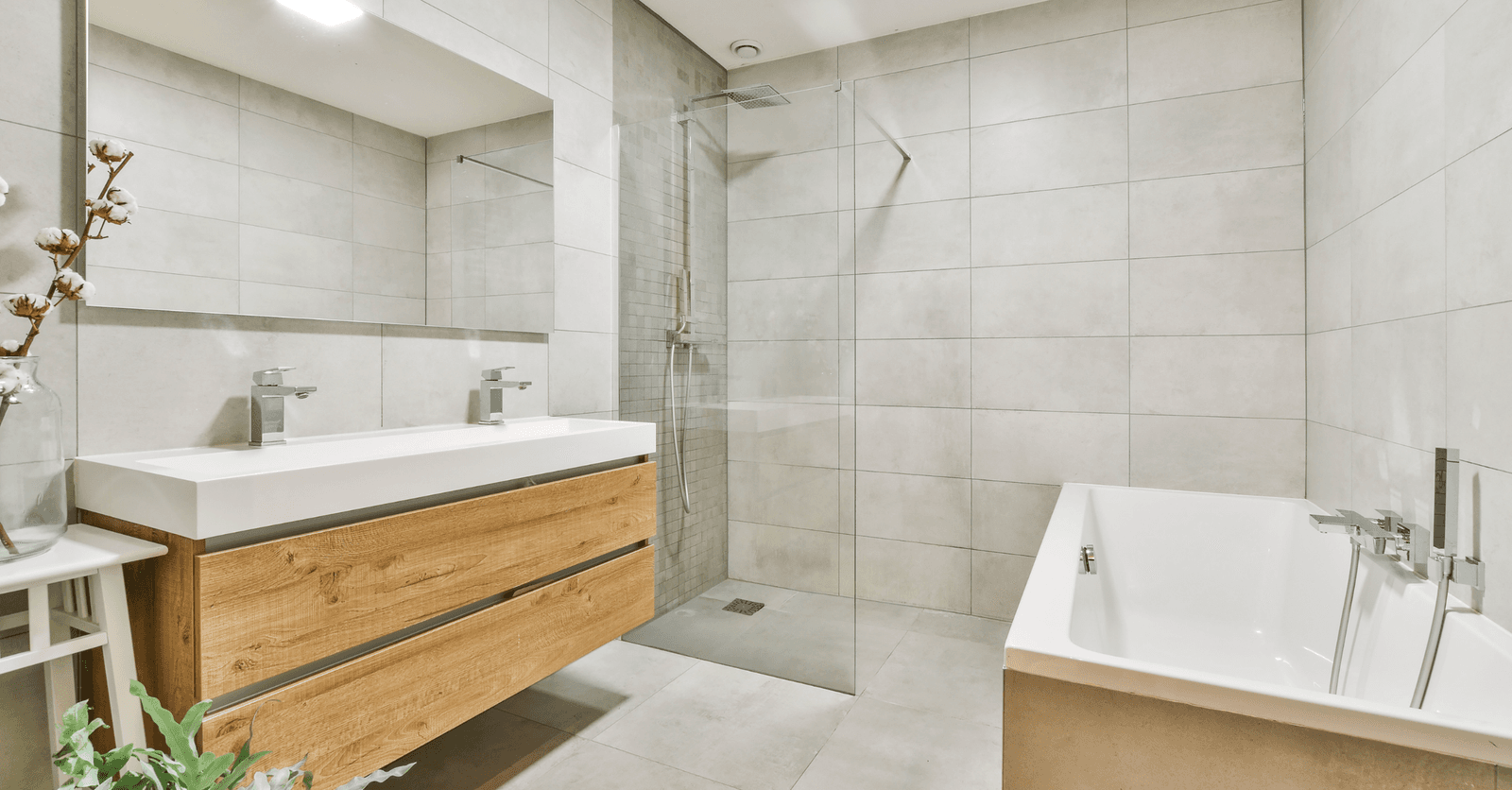Renovation Project: How to Proceed in Case of Setbacks
By Cynthia Pigeon
Updated on November 7, 2023

If there is one thing every homeowner dreads before starting a renovation project, it has to be the possibility of encountering unforeseen issues, especially the possibility of exceeding the set budget for the project. So, here is a tidbit of advice on how to deal with such a situation should the hired contractor carry out additional work or should you discover a hidden defect.
Cost Overruns by Renovation Contractors
Request a detailed and precise quote as a protective measure
Few homeowners have an unlimited renovation budget, so cost overruns are often one of the biggest concerns when it comes to remodelling. To prevent additional costs, make sure your contractor's estimate includes an accurate description of the materials to be used and their respective prices, as well as the labour costs and fees involved in each stage of the project.
Should there be a cost overrun, you will immediately know where the problem lies and avoid spending endless time determining which aspect caused the overrun.
However, once you are aware that the cost of your project will be higher than originally planned, just how do you proceed? First, note that a contractor may not charge you more than what you agreed upon at the start of the project.
Naturally, it is possible that some additional work, which was impossible or difficult to foresee, maybe need to be completed before proceeding with other aspects of the project. A prime example would be removing rotten materials.

Photo: Pixabay
What can you do in the event of a cost overrun?
Note that before making any changes to the original plan and carrying out additional work, your hired contractor must receive your consent to move forward. Should this procedure not be followed, you have the right to dispute the additional costs incurred.
Before going any further, we recommend trying to reach an out-of-court settlement. If an agreement cannot be reached, then, as recommended by the Office de la protection du consommateur (consumer protection office), pay the sum owed for the work, but make sure to write "under protest" on the cheque or the invoice. This clearly indicates that you are paying with reservations and that you intend to dispute a portion of the charges. Afterwards, you must send a formal demand letter.
Unless you have already sent one, you most likely do not know what information such a document requires. To help you out, use Legalhood, an online legal service. For a small fee, this service will help you to send a properly drafted demand letter. Moreover, you will have the possibility to benefit from the services of an arbitrator should you decide to push the negotiations further before resorting to this step.
As of April 2020, Legalhood has also launched an online legal service, with the goal of alleviating the system's workload. For $500 (per party), your case will be reviewed by an impartial arbitrator. The process will take place by videoconference. Then, within five days, a decision will be made.
Last Resort: Court
If you are unable to get your case settled after sending a demand letter, unfortunately, you will have to go to court. Depending on the amount of your lawsuit, the court will handle your case. If the amount is:
Less than $15,000: Go before the Small Claims Division of the Court of Quebec;
Between $15,001 and $84,999.99: Go before the Civil Division of the Court of Quebec;
More than $85,000: Go to Superior Court.

Photo: Public Domain Pictures
How to Proceed When Uncovering a Hidden Defect While Remodelling
Identifying a Hidden Defect
Are you renovating, and during the process have discovered a hidden defect? This is unquestionably bad news, no matter the nature of the defect. So, the question is, what should you do about it? Especially if you had not anticipated a major setback. First, you will have to assess whether the newly identified problem is indeed a hidden defect. To be recognized as such, the problem must meet various criteria. It should:
Be sufficiently substantial to interfere with the use of the premises;
Not be caused by wear and tear;
Be a deterrent to a buyer: the property would not have been otherwise purchased by the buyer;
Be pre-existing at the time of sale and not apparent from an inspection.
Know that if your house is rather old and was not inspected before the purchase, the court may be more reluctant to declare the problem a hidden defect. Despite your house being old, there is a greater likelihood that there are unpleasant surprises hidden within it, and the courts may question your decision to not have it inspected beforehand.
However, what if you noticed the defect at the time of the inspection and the homeowner/realtor minimized its importance? Well, it is considered a hidden defect and therefore "legally hidden".
Indemnification Procedure
To be eligible for indemnification, you must have advised the homeowner within six months of discovering the problem. Furthermore, you must give the owner between seven to 10 days to inspect the property and decide whether or not to make the necessary repairs. At no time, before the seller has been notified and has had a chance, in good faith, to address it, should you do any work to rectify the situation. The only exception to this rule is if you need to make urgent repairs that are necessary to ensure the safety of you and your family. If you are able to reach an agreement outside of court, to protect yourself, put it in writing.
Should you hit a wall, send a formal demand letter to the seller and eventually resort to litigation before the appropriate court to settle the dispute, which will be determined by the sum of work needing to be done. Before determining the amount, know that you cannot include the costs related to the damage caused by the potential defect in this amount.
Appealing to the Court for Hidden Defects
Before seeking legal recourse, note that you have three years to do so from the date the defect was first discovered. For work valued at less than $15,000, you can claim your case in the Small Claims Division of the Court, which will save you the trouble of hiring a lawyer. If the cost of the work is between $15,000 and $25,000, then you will have to retain a lawyer and, to a lesser extent, the services of an expert witness.
Should the amount of work exceed $25,000, a number of experts will be called to testify in court. Unfortunately, it should be mentioned that these expert witnesses can be rather expensive and can run your legal fees up to $30,000. Given the possibility that you will not recover all the money spent on your claim, and the exorbitant legal fees imposed on this last type of claim, you will have to assess whether it is worth the risk. That is why it is strongly recommended that, if possible, you find common ground with the former homeowner.
Get 3 renovation quotes for your home renovation project
RenoQuotes.com can help you get quotes for your home renovation project. By submitting your project, we’ll put you in contact with top-rated contractors. Fill in the form on the homepage (it only takes a few minutes), and you will get estimates from trusted professionals.
Dial 1-844 828-1588 to speak with one of our customer service representatives.
Looking for something else?
Related articles
The latest industry news, interviews, technologies, and resources.

Léa Plourde-Archer
•16 Jun 2025
Thinking about laying tiles as a wall covering? Learn more about the different characteristics of this material that’s both durable and customizable, as well as maintenance tips, and the average cost of tiles.

Editorial Team
•31 Jan 2025
While artesian wells are often the preferred choice for a cottage’s water supply, they have a slew of noteworthy yet overlooked features.

Editorial Team
•07 Nov 2023
Wood window frames add a naturally beautiful element to both the interior and exterior of your home. However, as with everything of natural beauty, wood needs to be carefully looked after so that it can continue to have pure charm and appeal. You can easily extend the life of wood frames by making sure they are properly inspected and maintained, saving time and money in the long run.

Editorial Team
•07 Nov 2023
When it comes to saving the environment, there are plenty of ways that you can contribute. Especially as a homeowner, you should consider the multitude of methods you can adopt to reduce your carbon footprint and create a healthier home and outdoor environment.

Editorial Team
•07 Nov 2023
Converting your roof to capture the power of the sun’s energy can benefit your home and wallet depending on how you go about it. Over the years, solar panels have become the go-to option for producing renewable energy.